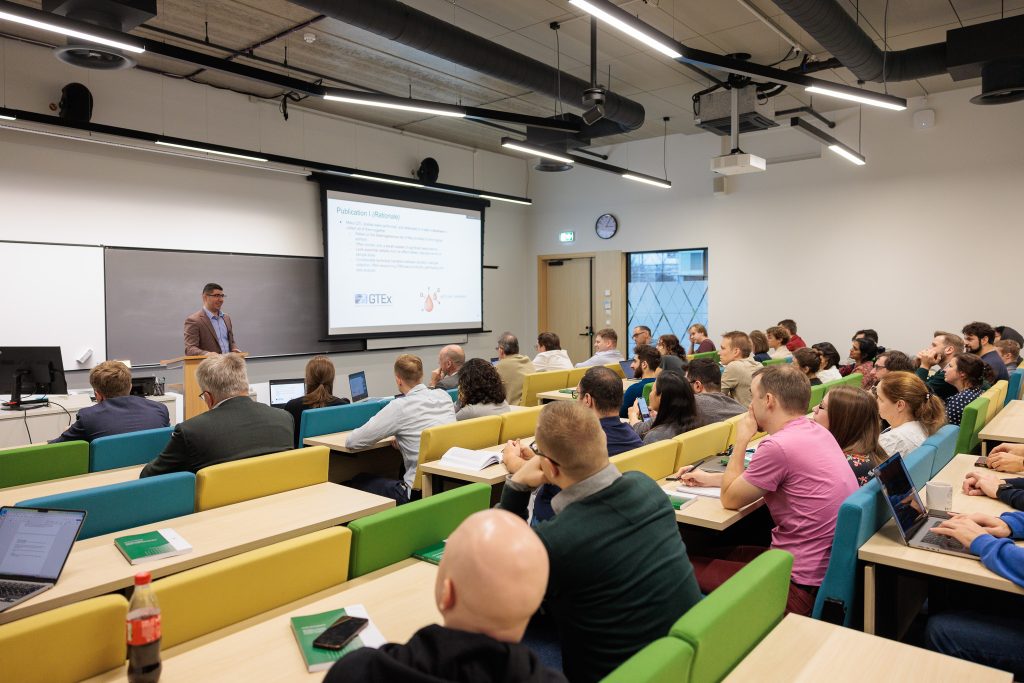Imagine a room with millions of mysterious switches and hundreds of ceiling lamps. You don’t know which switch does what, but you’re curious. As you experiment with different combinations, the lamps’ brightness varies. This scene is a simple metaphor for the complex challenge of genomics research – understanding how different genetic ‘switches’ affect our health.

In the realm of genetics, these ‘switches’ are known as genetic variants, playing a pivotal role in determining complex traits, including diseases. Just as a single switch usually only slightly affects a lamp’s brightness, each genetic variant has a subtle impact on a particular trait. The real challenge lies in understanding these intricate connections. It is important to remember that each of us carries a unique set of these ‘genetic switches’, their states fixed from birth, crucially influencing our traits and health.
Decoding the Genetic Puzzle
My doctoral thesis delves into the world of Genome-Wide Association Studies (GWAS) and Quantitative Trait Loci (QTL) analysis. GWAS helps identify which genetic variants are associated with specific traits, akin to knowing a switch affects the lamp without knowing how. QTL analysis extends this by linking variants to gene expression levels – essentially uncovering how the switches are wired to the power generators (genes) that potentially influence the complex trait (lamp’s brightness).
A significant part of my research focused on developing the eQTL Catalogue – a comprehensive resource mapping these intricate genetic connections across 127 human cell types. Imagine this catalogue as a detailed, systematic manual, guiding researchers through our genetic makeup’s complex wiring and helping them understand how different genetic variants influence our health.
From Data to Discovery: The Power of Visualization
One of the most exciting aspects of my work is the emphasis on visualisation. We didn’t just create a catalogue; we built a tool that visually brings these genetic connections to life. This is crucial because it enables researchers to see and understand complex genetic relationships more intuitively, enhancing our ability to interpret and utilise this data in meaningful ways.
Impact and Future Directions
The eQTL Catalogue has already proven invaluable in various scientific studies, shedding light on the genetic basis of complex traits and diseases. Its robust infrastructure and versatility underscore its significance in genomic research, offering a flexible platform that can adapt to new scientific inquiries and methodologies.

While we have made significant strides, the world of genetics still holds many mysteries. The eQTL Catalogue isn’t just the culmination of years of research; it’s a stepping stone towards future discoveries. It represents a commitment to unravelling the complex tapestry of our genetic makeup, a pursuit that promises to illuminate new paths in drug target prioritisation and beyond.
Understanding our genetic blueprint, much like navigating a maze of unseen connections, is a challenging yet crucial endeavour. My research contributes to this journey, not just by mapping out the pathways of our genetic labyrinth but by inspiring further exploration and discovery. It’s a journey towards unlocking the secrets of our genetic makeup, a path that holds the promise of transforming medical science and enriching human health.
Read further about Nurlan Kerimov’s PhD thesis here.

